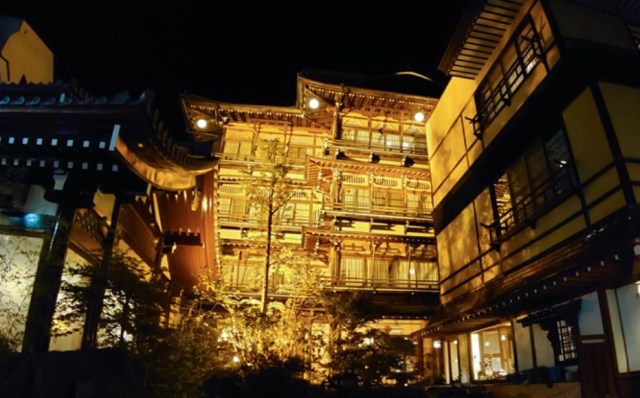
Stretching from Tohoku to Kyushu, these are the top picks for when you need a soak and a break from modern stress.
Japan’s hot springs rising to must-visit status for international visitors might be a relatively recent development, but within Japan taking a trip to take a dip in geothermally heated water has been a popular pastime for a long, long time. So while you can find plenty of glistening, modern hotels with hot spring baths, there’s a special appeal to onsen (as hot springs are called in Japanese) towns with a traditional or retro vibe.
Jalan, one of Japan’s most popular travel and hotel booking websites, recently conducted a survey, asking participants to name their favorite onsen town that made them feel like they were taking a trip back in time with its classical or nostalgic atmosphere. 1,088 responses were collected from travelers aged 20 to 59, and their top five picks are below.
5. Kurokawa Onsen
When it comes to hot springs towns on Japan’s southwestern island of Kyushu, Oita Prefecture usually gets most of the attention. Head over to Kumamoto Prefecture, though, and Kurokawa Onsen is waiting for you, with rustic ryokan inns and their outdoor baths lined up along the river that runs through the town.
Special passes can be purchased that allow access to 27 different inns’ baths, so you can pick between leisurely soaking in a few favorites or making the rounds of the town, strolling from one bath to the next while dressed in the yukata robes provided by the inns.
4. Ikaho Onsen
How long have people been coming to Gunma Prefecture’s Ikaho Onsen? The town and its baths are mentioned in the Manyoshu, the oldest known book of Japanese waka poetry, which was compiled all the way back in the year 759. Ikaho is known for its two different types of hot spring water, with the kogane no yu (“gold water”) having a golden brown color due to its high iron content and the shirogne no yu (“silver water” or “platinum water”) being clear.
Ikaho is arguably as famous for its stone stairway as it is for its hot springs. The 365 steps are a symbol of the town, with inns, day-use baths, and souvenir shops on either side as you make your way up, and there’s also a free-to-use outdoor onsen foot bath in case you need to rest your feet before you make it to the top.
3. Shibu Onsen
Shibu Onsen is another hot spring destination with a long history, its springs having first been discovered some 1,300 years ago. The Nagano Prefecture town’s hot spring district is laid out as a series of cobblestone streets with accommodations ranging from small, family-run inns to the opulent Kanaguya (seen above), an inn built in the Taisho era (1912-1926) that’s been designated a tangible cultural property by the Japanese government.
In addition to individual inns’ baths, Shibu Onsen also has nine sotoyu, or “outer baths,” scattered around the town, one of which is pictured above, which guests staying the night in Shibu Onsen are given a key to and can use free of charge. Making the circuit of all nine of these compact baths in a day is said to provide both health benefits and good luck.
2. Ginzan Onsen
Yamagata Prefecture’s Ginzan Onsen is the ritziest spot on the list, and also the northernmost. The ideal time to visit is when the town is blanketed in snow and bathed in the gentle light coming form the inns’ latticework windows and the gas lights on the bridges stretching across the river.
Ginzan doesn’t offer multi-access passes like Shibu and Kurokawa Onsen do, but if you’re craving some variety in your hot spring soaking, there’s the Shiroganeyu public onsen, which was designed by award-winning Japanese architect Kengo Kuma.
1. Shima Onsen
And last, we head back to Gunma Prefecture for the survey’s top pick. Shima Onsen may not be able to match the first-glance wow-factor of some of the other places on this list, but that’s exactly what makes it so appealing to those who voted for it. There is history here, as Shima Onsen’s first hot spring was discovered in the 900s. But what makes the place so popular among its fans is how it feels like a preserved hot spring town from two or three generations back.
As Japan’s population increasingly moves to big cities, Shima Onsen’s small-town vibe, without nary a neon sign, convenience store, or even a streetlight to be seen has a special sort of nostalgia. It might not be the sort of place most people would want to live full-time, but the relaxed, old-fashioned lifestyle it represents is definitely something worth experiencing for a weekend when you need a break from the hustle and bustle of modern life.
Source, images: PR Times
● Want to hear about SoraNews24’s latest articles as soon as they’re published? Follow us on Facebook and Twitter!
[ Read in Japanese ]

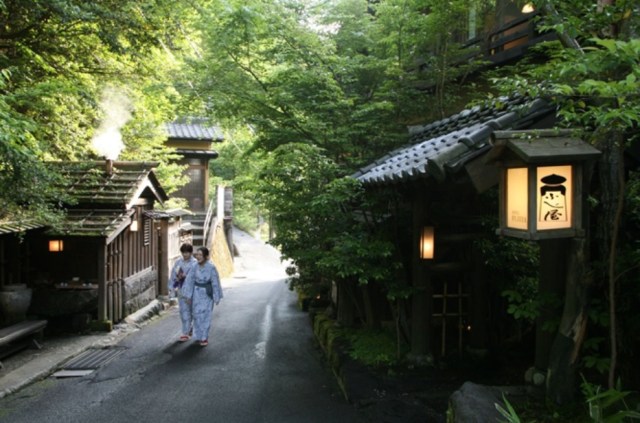
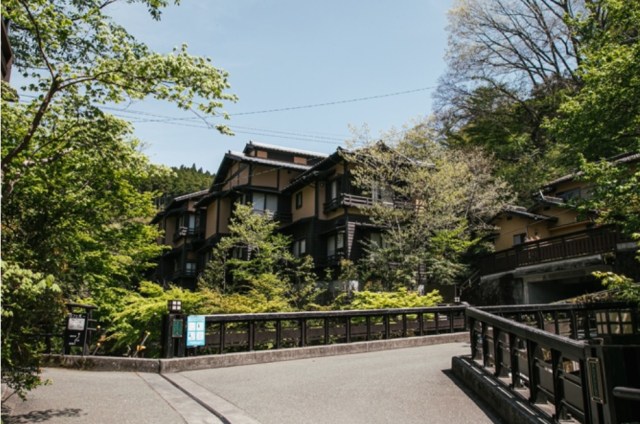
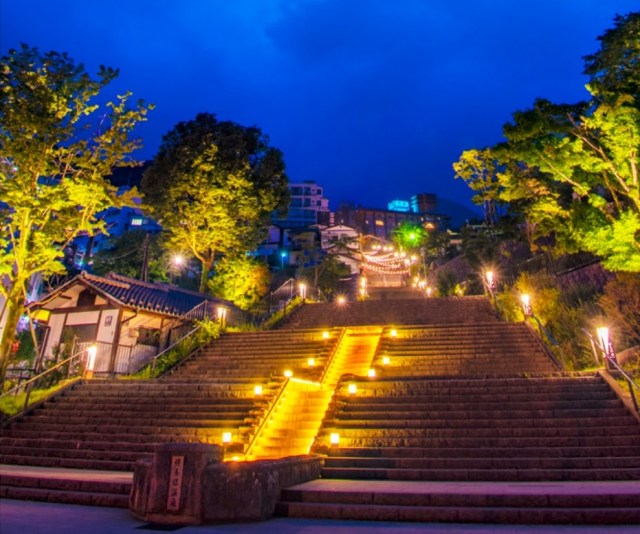
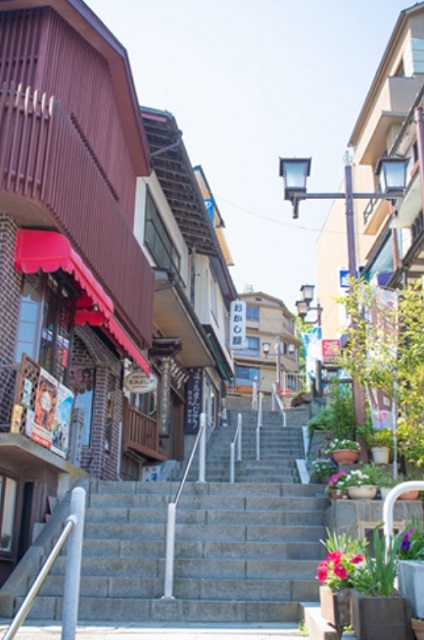
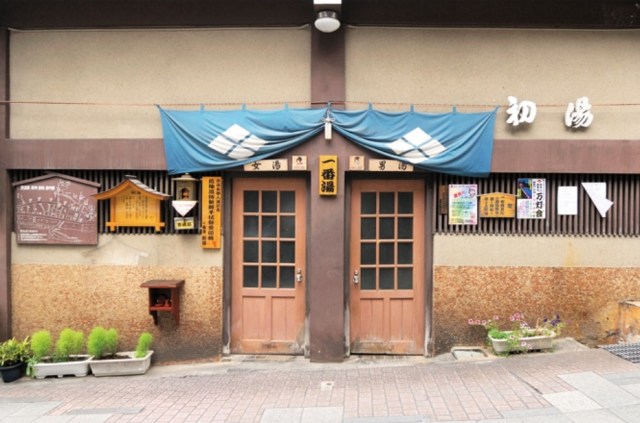
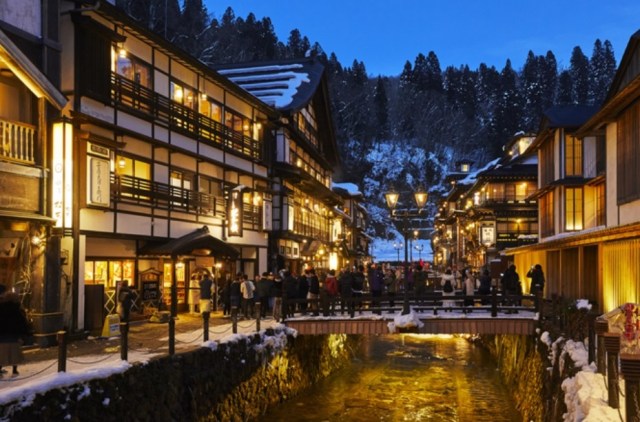
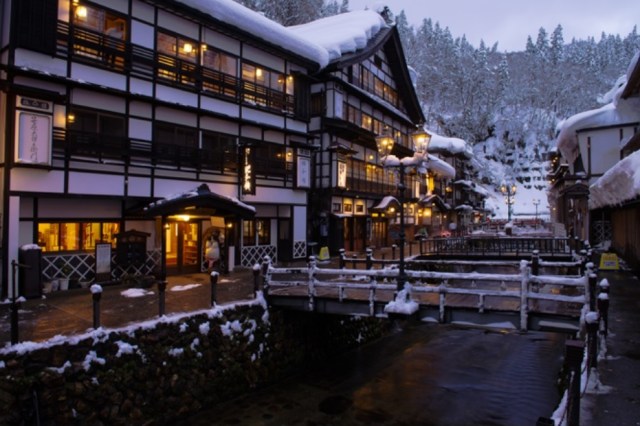
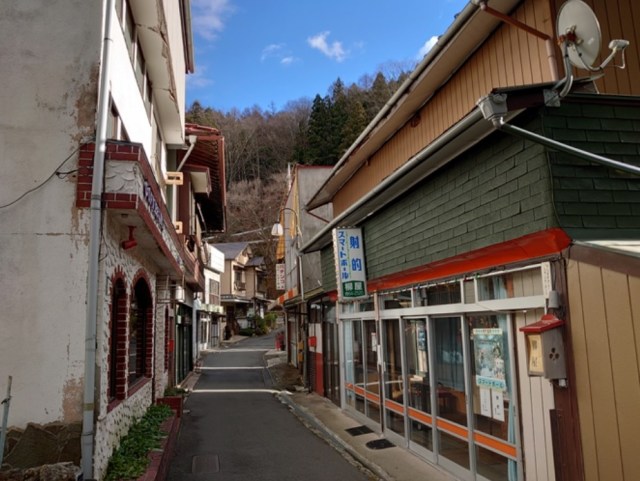
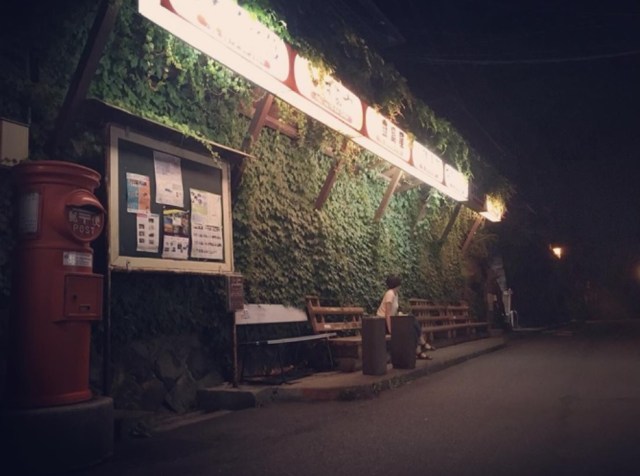
 18 awesome overnight hot spring trips from Tokyo, and a quiz to help pick the best one for you
18 awesome overnight hot spring trips from Tokyo, and a quiz to help pick the best one for you The 10 best hotel hot springs in Japan, as chosen by Japanese travelers
The 10 best hotel hot springs in Japan, as chosen by Japanese travelers Hello Kitty hot spring lets you fill two spots at once on your Japan bingo card
Hello Kitty hot spring lets you fill two spots at once on your Japan bingo card 2020 Miss Yukata Japan beauties in traditional Japanese garb debut at Ikaho Onsen 【Video】
2020 Miss Yukata Japan beauties in traditional Japanese garb debut at Ikaho Onsen 【Video】 The top 10 hot springs Japanese travelers want to visit this fall
The top 10 hot springs Japanese travelers want to visit this fall Foreigner’s request for help in Tokyo makes us sad for the state of society
Foreigner’s request for help in Tokyo makes us sad for the state of society Japanese-style accommodation at the new Premium Dormy Inn hotel in Asakusa will blow your mind
Japanese-style accommodation at the new Premium Dormy Inn hotel in Asakusa will blow your mind Seaside scenery, history, and so many desserts on Yokohama’s Akai Kutsu【Japan Loop Buses】
Seaside scenery, history, and so many desserts on Yokohama’s Akai Kutsu【Japan Loop Buses】 Japan’s summertime towelket pillowcases are even better with the addition of Ghibli stars【Photos】
Japan’s summertime towelket pillowcases are even better with the addition of Ghibli stars【Photos】 Japan’s massive matcha parfait weighs 6 kilos, contains hidden surprises for anyone who eats it
Japan’s massive matcha parfait weighs 6 kilos, contains hidden surprises for anyone who eats it Historical figures get manga makeovers from artists of Spy x Family, My Hero Academia and more
Historical figures get manga makeovers from artists of Spy x Family, My Hero Academia and more Should you add tartar sauce to Japanese curry rice? CoCo Ichi makes diners an unusual offer
Should you add tartar sauce to Japanese curry rice? CoCo Ichi makes diners an unusual offer Mikado Coffee is a 76-year-old coffee chain with a major celebrity connection
Mikado Coffee is a 76-year-old coffee chain with a major celebrity connection A mountain of chicken katsu awaits you at this restaurant in Osaka
A mountain of chicken katsu awaits you at this restaurant in Osaka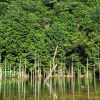 Japan Travel: Mysterious landscape found near a park with severed heads
Japan Travel: Mysterious landscape found near a park with severed heads McDonald’s new Happy Meals offer up cute and practical Sanrio lifestyle goods
McDonald’s new Happy Meals offer up cute and practical Sanrio lifestyle goods Japanese ramen restaurants under pressure from new yen banknotes
Japanese ramen restaurants under pressure from new yen banknotes French Fries Bread in Tokyo’s Shibuya becomes a hit on social media
French Fries Bread in Tokyo’s Shibuya becomes a hit on social media Red light district sushi restaurant in Tokyo shows us just how wrong we were about it
Red light district sushi restaurant in Tokyo shows us just how wrong we were about it New private rooms on Tokaido Shinkansen change the way we travel from Tokyo to Kyoto
New private rooms on Tokaido Shinkansen change the way we travel from Tokyo to Kyoto Tokyo Tsukiji fish market site to be redeveloped with 50,000-seat stadium, hotel, shopping center
Tokyo Tsukiji fish market site to be redeveloped with 50,000-seat stadium, hotel, shopping center Japanese city loses residents’ personal data, which was on paper being transported on a windy day
Japanese city loses residents’ personal data, which was on paper being transported on a windy day Beautiful Ghibli sealing wax kits let you create accessories and elegant letter decorations【Pics】
Beautiful Ghibli sealing wax kits let you create accessories and elegant letter decorations【Pics】 Secret Kitchen bento serves Japanese flowers, birds, wind and moon in a box, but is it worth it?
Secret Kitchen bento serves Japanese flowers, birds, wind and moon in a box, but is it worth it? New definition of “Japanese whiskey” goes into effect to prevent fakes from fooling overseas buyers
New definition of “Japanese whiskey” goes into effect to prevent fakes from fooling overseas buyers Our Japanese reporter visits Costco in the U.S., finds super American and very Japanese things
Our Japanese reporter visits Costco in the U.S., finds super American and very Japanese things Studio Ghibli releases Kiki’s Delivery Service chocolate cake pouches in Japan
Studio Ghibli releases Kiki’s Delivery Service chocolate cake pouches in Japan All-you-can-drink Starbucks and amazing views part of Tokyo’s new 170 meter-high sky lounge
All-you-can-drink Starbucks and amazing views part of Tokyo’s new 170 meter-high sky lounge More foreign tourists than ever before in history visited Japan last month
More foreign tourists than ever before in history visited Japan last month New Pokémon cakes let you eat your way through Pikachu and all the Eevee evolutions
New Pokémon cakes let you eat your way through Pikachu and all the Eevee evolutions Disney princesses get official manga makeovers for Manga Princess Cafe opening in Tokyo
Disney princesses get official manga makeovers for Manga Princess Cafe opening in Tokyo Sales of Japan’s most convenient train ticket/shopping payment cards suspended indefinitely
Sales of Japan’s most convenient train ticket/shopping payment cards suspended indefinitely Sold-out Studio Ghibli desktop humidifiers are back so Totoro can help you through the dry season
Sold-out Studio Ghibli desktop humidifiers are back so Totoro can help you through the dry season Japanese government to make first change to romanization spelling rules since the 1950s
Japanese government to make first change to romanization spelling rules since the 1950s Ghibli founders Toshio Suzuki and Hayao Miyazaki contribute to Japanese whisky Totoro label design
Ghibli founders Toshio Suzuki and Hayao Miyazaki contribute to Japanese whisky Totoro label design Doraemon found buried at sea as scene from 1993 anime becomes real life【Photos】
Doraemon found buried at sea as scene from 1993 anime becomes real life【Photos】 Tokyo’s most famous Starbucks is closed
Tokyo’s most famous Starbucks is closed One Piece characters’ nationalities revealed, but fans have mixed opinions
One Piece characters’ nationalities revealed, but fans have mixed opinions We asked a Uniqlo employee what four things we should buy and their suggestions didn’t disappoint
We asked a Uniqlo employee what four things we should buy and their suggestions didn’t disappoint Hot springs website reveals the most popular user-picked onsen in all of northern Japan
Hot springs website reveals the most popular user-picked onsen in all of northern Japan Japan’s most famous hot spring resort runs ad telling us to go to…a different hot spring resort
Japan’s most famous hot spring resort runs ad telling us to go to…a different hot spring resort The top five best multiple-hot-spring hotels in all of Japan
The top five best multiple-hot-spring hotels in all of Japan You can make your own hot spring bath at this river in central Japan【Japan travel】
You can make your own hot spring bath at this river in central Japan【Japan travel】 We go looking for the free kaoyu hot spring facebath of onsen town Kusatsu【Photos】
We go looking for the free kaoyu hot spring facebath of onsen town Kusatsu【Photos】 One of Tokyo’s best hot spring complexes is closing for good
One of Tokyo’s best hot spring complexes is closing for good Hyotan Onsen – Japan’s only hot spring with three Michelin stars
Hyotan Onsen – Japan’s only hot spring with three Michelin stars A private onsen bath with a karaoke machine is two of Japan’s best things with zero embarrassment
A private onsen bath with a karaoke machine is two of Japan’s best things with zero embarrassment Low-cost Japanese inn welcomes foreign guests with hot springs, sake tastings, cosplay backdrops
Low-cost Japanese inn welcomes foreign guests with hot springs, sake tastings, cosplay backdrops Japan’s hot spring amusement park announces first rides, and onsen merry-go-round makes the cut!
Japan’s hot spring amusement park announces first rides, and onsen merry-go-round makes the cut! Beautiful new Tokyo hotel gives you the best of both worlds with hot spring bath in the big city
Beautiful new Tokyo hotel gives you the best of both worlds with hot spring bath in the big city Why do Japanese hot spring inns give you tea and sweets at check-in? For your own safety
Why do Japanese hot spring inns give you tea and sweets at check-in? For your own safety Japanese hot spring adds roaring Godzilla Invasion Cave, other kaiju-related relaxation options
Japanese hot spring adds roaring Godzilla Invasion Cave, other kaiju-related relaxation options Ridiculously powerful hot spring bath in Japan earns both our respect and our fear【Videos】
Ridiculously powerful hot spring bath in Japan earns both our respect and our fear【Videos】 This gorgeous hot spring is actually part of one of Japan’s most convenient airports【Photos】
This gorgeous hot spring is actually part of one of Japan’s most convenient airports【Photos】 Need a soak? Amazing interactive map lists every public bath and day-use hot spring in Tokyo
Need a soak? Amazing interactive map lists every public bath and day-use hot spring in Tokyo
Leave a Reply